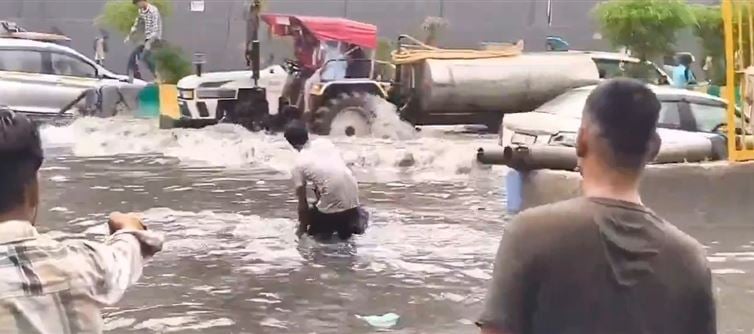
In 2024 alone, ₹6,503 crore was allocated for infrastructure development in Noida, aimed at boosting roads, drainage, public transport, and civic amenities. However, the recent flooding has raised serious questions about the quality, transparency, and implementation of these projects. Citizens are now asking the obvious: where did all that money go? Were proper drainage systems put in place? Was corruption or negligence involved? netizens didn’t hold back as social media was flooded with memes, sarcastic posts, and harsh criticisms—many pointing fingers at the BJP-led administration for celebrating surface-level achievements while ignoring deeper infrastructural failures.
This controversy has become a textbook example of the gap between political projection and on-ground reality. While awards and ceremonial recognitions may serve public relations goals, they do little to improve the lived experiences of ordinary people unless backed by genuine, lasting improvements. For a city aiming to become a global hub and tech destination, basic civic management during the monsoon shouldn’t be a crisis. The situation underscores the need for greater accountability, independent audits of public spending, and citizen-driven oversight to ensure that future development is not just about optics—but about real resilience.




 click and follow Indiaherald WhatsApp channel
click and follow Indiaherald WhatsApp channel